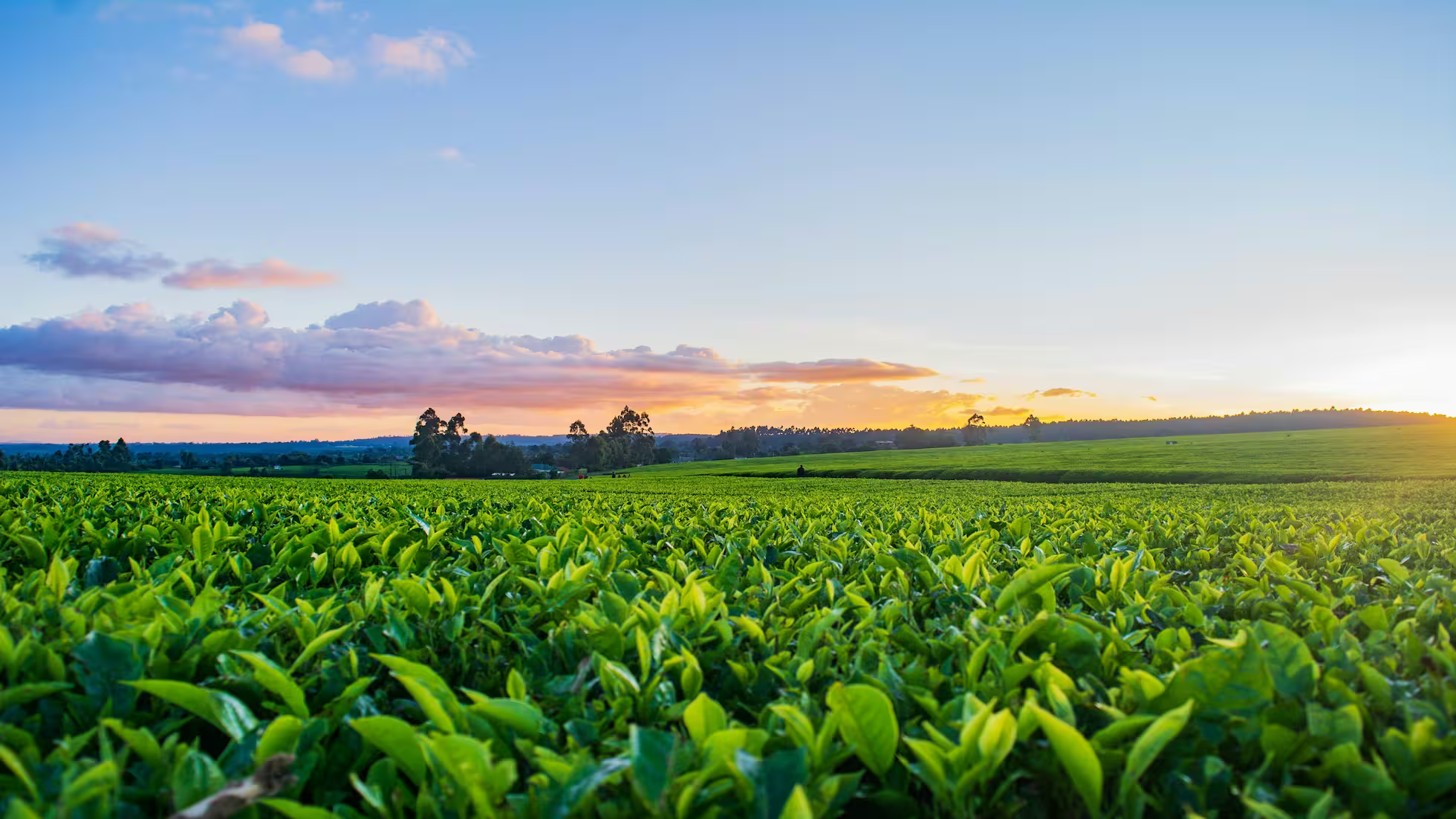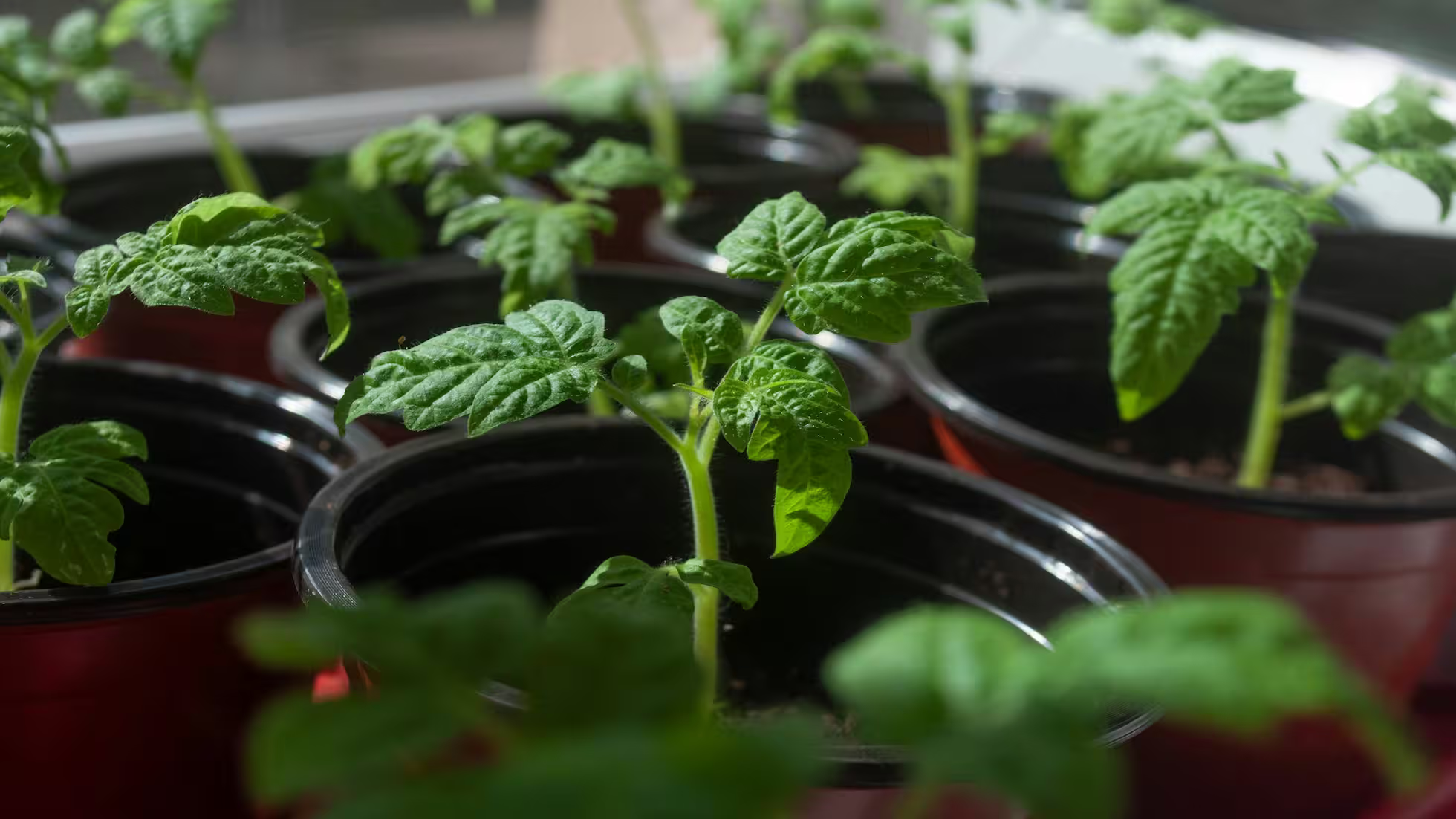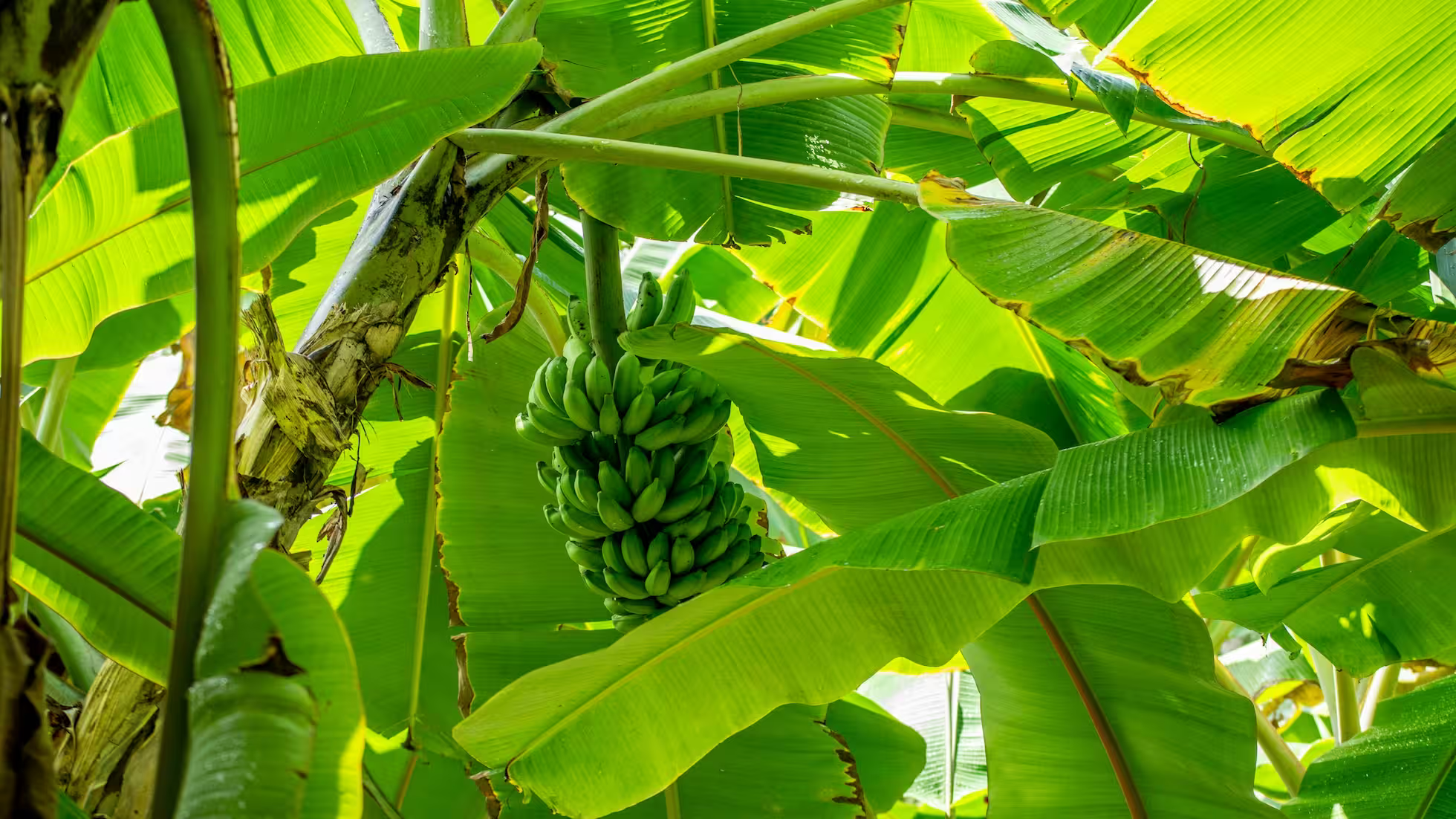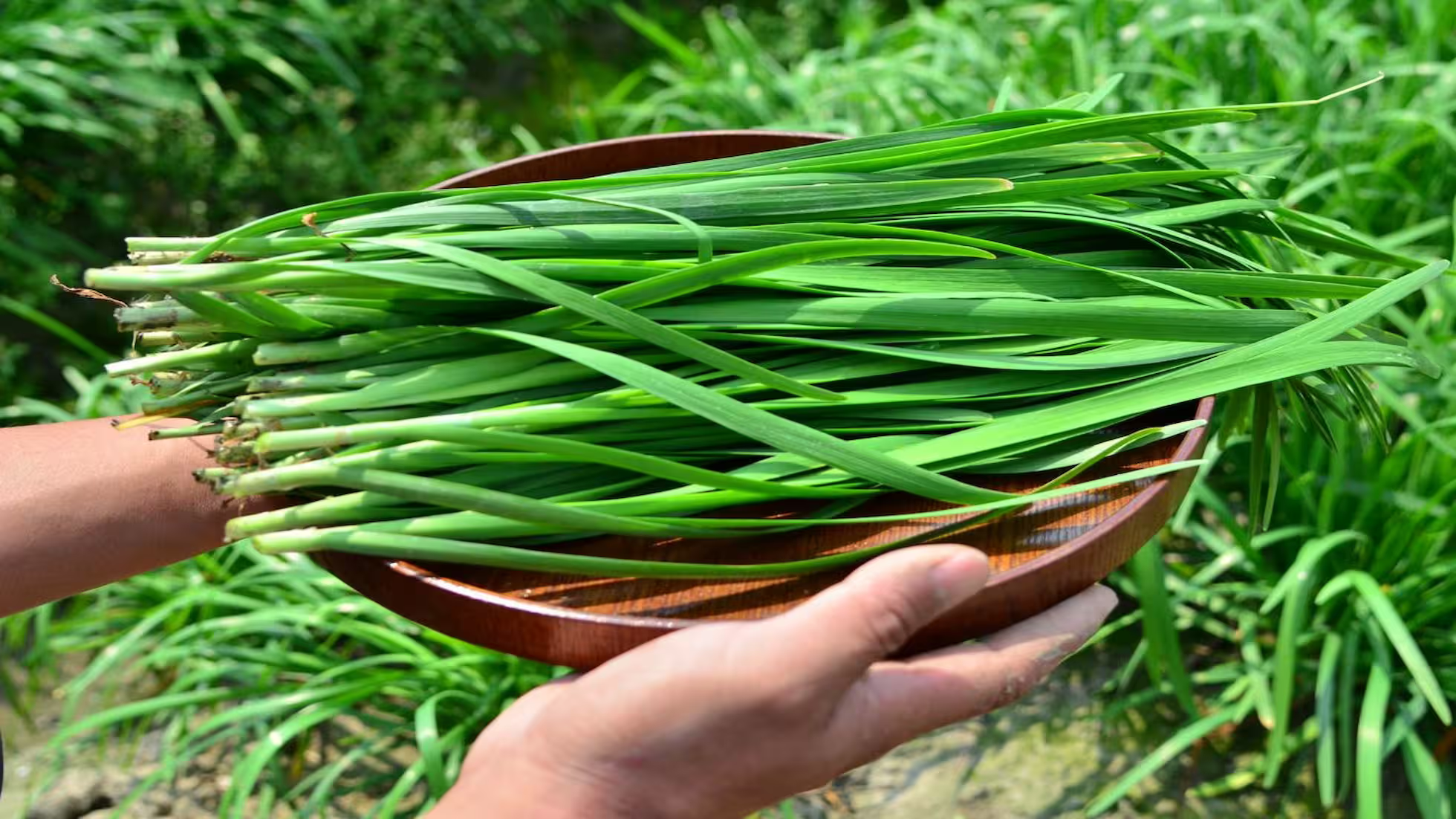
I. Nursery Site Selection and Bed Standards
1. Nursery Bed Location Requirements
- Avoid plots: vegetable gardens, old nursery beds, continuous tobacco fields, areas in front of houses/under trees (easy disease outbreaks).
- Ideal conditions:
- Sheltered and sunny, higher and dry terrain (avoid waterlogging)
- Flat surface with deep soil layer (≥30 cm)
- Close to field for easy transport and management
- Perimeter drainage ditches to prevent waterlogging
2. Nursery Bed Construction
- Bed size: 10 m × 1 m, 0.5 m footpath between beds; east–west orientation preferred.
- Soil preparation:
- Deep tillage 20 cm and disinfection (formalin or methyl bromide steam)
- Shallow rake to level for moisture conservation; ensure “three-ditch system” (bed, middle, and side ditches)
- Floating nursery pools: line bottom with black plastic film to suppress algae; maintain water depth 8–10 cm.
II. Substrate Preparation and Tray Filling
| Formula | Components | Amount | Processing |
|---|
| F1 | Topsoil + composted manure + chicken manure | 600 kg + 250 kg + 10 kg | Sieve and mix |
| F2 | Topsoil + compound fertilizer + sieved cinder | 800 kg + 2.5 kg + 50 kg | Cinder ≤ 3 mm |
| F3 | Topsoil + composted manure + compound fertilizer | 600 kg + 250 kg + 2.0 kg | No raw manure |
Key: Crush and sieve all inputs; chicken/cake manure must be fully composted to avoid seedling burn.
2. Tray Filling
- Substrate: uniform particle size, good water holding (clump in hand, fall apart when dropped).
- Filling standard:
- 288-cell trays: fill to 5 mm below rim; medium firmness (light finger press does not sink).
- Sow immediately after filling to avoid cavity cells from medium loss.
III. Sowing Techniques
1. Seed Treatment
- Disinfection: soak 10–15 min in 0.1% silver nitrate or 1% copper sulfate; rinse with clean water.
- Pre-germination: soak 8–12 h at 25–28°C, then incubate at 25°C until radicle equals seed length (~5 days).
2. Sowing Operations
- Film-coated seeds with visible water:
- Wet the bed sufficiently; when water stands 2–3 mm on surface, sow → wait for coating to crack → cover 2 mm soil to just bury seeds.
- If coating not cracked, mist to promote cracking.
- Precision point sowing:
- 2–3 seeds per hole, 4–5 cm spacing (avoid over-dense thinning difficulty)
- About 1 bag per bed (standard pack); broadcast requires manual even mixing.
3. Mulch and Heat Preservation
- Hoops: bamboo arches 40–45 cm high, 50 cm spacing, fixed with netting/rope.
- Film management: cover immediately after sowing and seal; when 70% emergence, open both ends for ventilation.
IV. Fine Seedling Management
1. Temperature and Humidity Control
| Stage | Temperature | Humidity | Ventilation |
|---|
| Sowing to emergence | 25–28°C (night ≥ 12°C) | 85%–90% | Sealed for warmth |
| Small cross (2 leaves) | ≤ 35°C (prevent heat stress) | 70%–80% | 9:00–16:00 open both ends |
| Large cross (4 leaves) | 25–28°C | 60%–70% | Longer venting; open one side at noon |
| Erect leaf (7 leaves) | 25°C day / 15°C night | 55%–65% | Vent all day for hardening |
Extreme weather response:
- High temperature: shade net cover (10:00–16:00), roof spraying to cool.
- Low temperature: double-film (+4°C), coal/hot-air for auxiliary heating.
2. Water and Fertilizer
- Watering:
- Emergence: mist daily to keep moist (if no film)
- Erect-leaf: furrow irrigation as needed; keep “dry on top, moist below”
- Full seedling: control water to harden (no irrigation unless dry)
- Fertilization:
- Base fertilizer covers up to 3-true-leaf stage; side-dress compound fertilizer 5–10 g/m².
- Floating nursery split feeding:
- Small cross: 50 ppm N
- Large cross: 100 ppm N
- 15 days before transplanting: stop feeding to harden
3. Thinning and Leaf Pinching
- Thinning: 3/4/5-true-leaf stages, 3 times; final spacing 6–8 cm.
- Leaf pinching: remove lower yellow leaves and pinch part of upper functional leaves to prevent etiolation and promote root growth.
V. Integrated Pest and Disease Management
1. Disease Control
| Disease | Symptom | Control plan |
|---|
| Anthracnose | Brown leaf spots | Bordeaux mixture 1:1:150 or 50% Zineb 1:500 (spray at 4–5 leaves) |
| Damping-off | Water-soaked basal rot | Bed disinfection + humidity control; early drench with metalaxyl |
| Green algae | Green film on surface | Spray 0.015%–0.02% copper sulfate (do not exceed 0.03%) |
2. Insect Control
- Cutworms/mole crickets: poison bait (90% trichlorfon 0.5 kg + 20 kg water + 40 kg roasted bran).
- Slugs: apply lime powder at dusk or spray 1:100 rapeseed-cake solution.
VI. Robust Seedling Standards and Pre-Transplant Handling
- Robust indicators:
- Stem height 7 ± 0.5 cm, stem diameter 0.7 cm
- 8–10 true leaves, dark green
- Developed roots (no spiral root)
- Seedling age 50–60 days
- Hardening:
- 7 days before transplanting: uncover film for sun exposure; reduce water and fertilizer
- 3 days before transplanting: spray 0.1% KH2PO4 to enhance stress resistance
VII. Troubleshooting in Floating Nurseries
| Problem | Cause | Correction |
|---|
| Uneven emergence | Uneven coating crack/low temp | Add cover for heat; adjust sowing time |
| Salt injury | White crust (salt) on surface | Ventilate and keep moist; rinse with clean water |
| Spiral root | Too shallow sowing/compact medium | 0.5 cm sowing depth; medium moderate firmness |
| Drip injury | Condensation on film | Use anti-drip film; cover woven bag before emergence |
Published at: Jul 7, 2025 · Modified at: Dec 24, 2025




